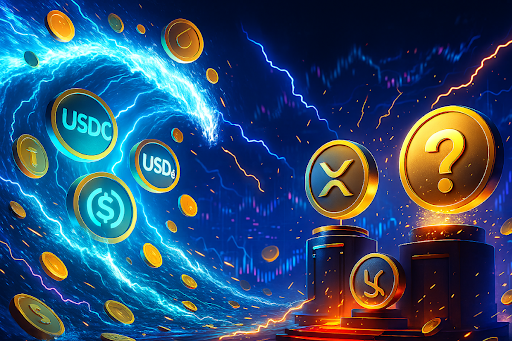
Introduction to Science Fairs

Science fairs have long been an essential part of the educational landscape, providing students with opportunities to explore scientific principles through hands-on projects. These events encourage creativity, critical thinking, and problem-solving skills, while allowing students to present their discoveries to peers and judges alike.
Innovative Projects That Captivated Judges

One standout project featured at this year’s science fair was a solar-powered water purifier developed by a group of high school students. Utilizing recycled materials, they designed a prototype that effectively cleans water using solar energy, addressing the global issue of water scarcity.
Another remarkable entry was a biodegradable plastic alternative made from seaweed. This project not only showcased the students’ understanding of chemistry but also their commitment to environmental sustainability. Judges were particularly impressed by the practical applications of this innovation.
Discoveries That Inspire Future Scientists

Some projects went beyond inventions and delved into significant scientific discoveries. A middle school student made headlines with her research on the effects of music on plant growth. By conducting experiments with different genres of music, she discovered that classical music significantly enhanced plant growth compared to silence or rock music.
Additionally, a high school student conducted an innovative study on the antibacterial properties of honey. Her findings suggested that certain types of honey could effectively combat antibiotic-resistant bacteria, opening new avenues for research in medical science.
The Importance of Mentorship and Support

Behind every successful science fair project is a network of mentors and supporters. Teachers play a crucial role in guiding students through the research process, helping them refine their ideas and develop their presentations. Furthermore, parents and local businesses often provide the necessary resources and encouragement to help students succeed.
Many science fairs also offer workshops and seminars to equip students with the skills they need to execute their projects effectively. This collaborative environment fosters a sense of community and inspires students to pursue their scientific interests further.
Conclusion: The Future of Science Fairs

As we look to the future, science fairs will continue to evolve, embracing technology and innovative methodologies. Virtual science fairs are becoming more prevalent, allowing students from different regions to collaborate and share their projects on a global platform. This shift not only enhances accessibility but also encourages a diverse range of ideas and innovations.
In conclusion, science fairs are not just competitions; they are celebrations of creativity, discovery, and the relentless pursuit of knowledge. They provide a platform for young minds to thrive and inspire the next generation of scientists and innovators.






